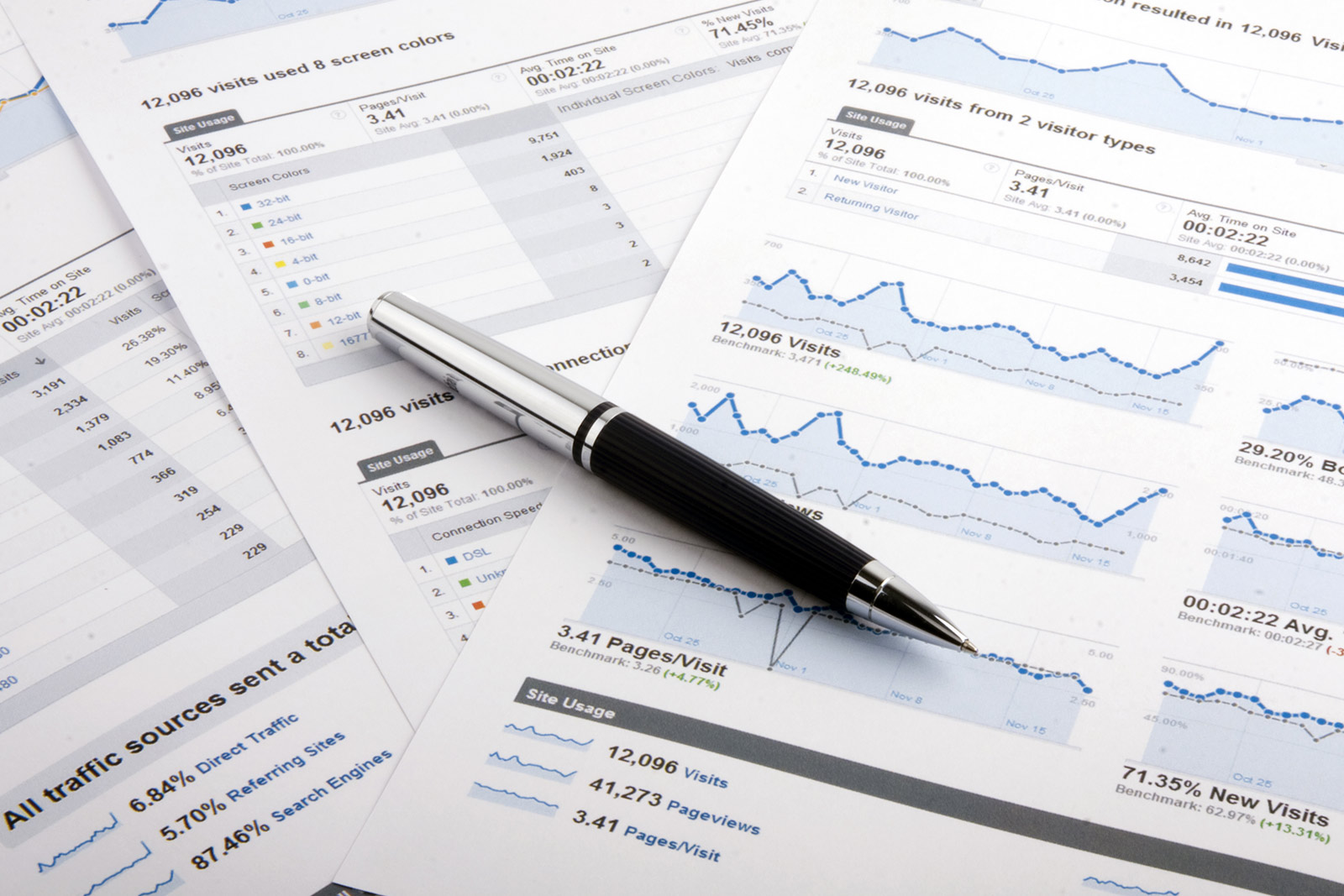At Hotline, our clients often use our products to form the heart of their promotional campaigns. Purchasing promotional products should be considered an investment which will reap rewards later down the line. These rewards, or profits, are known as the return on investment, or ROI, and being able to successfully calculate your ROI is becoming more vital in allowing marketing teams to make informed, knowledgeable decisions when promoting.
Our vast industry experience, has taught us that it can be notoriously difficult for our clients to create an accurate map of their promotional campaign and to measure their overall ROI. In fact, only 11 per cent of marketers’ decisions are currently made based on data, yet those who do use data to support their marketing strategy typically benefit with a substantial 15–20% increase in their ROI overall.
The benefits of making data-driven, empirical marketing decisions are evident, yet the apparent complexity of establishing your campaign’s ROI deters many marketeers from doing so. To help you solve this problem, Hotline has gathered the wisdom of our experienced team of professionals to come up with some of the best ways to measure your ROI from promotional products. Remember, this isn’t the conclusive guide. Our aim for this article was to give you a taste of ROI measurement and to ignite some ideas to help you get started.

How will you measure your campaign?
One of the principal reasons that measuring the ROI is such a complex procedure is due to the number of channels through which your data will arrive. We have outlined five techniques which we hope will help you to join the dots between the actual promoting and what you get back financially.
Sign-ups
This is the data gathered through newsletter sign-ups, information sheets, emails, questionnaires, and so on, during events where your promotional products have been used as hooks to draw in customers. These can occur at an event or online, the most important thing here is to segment (or split) your email lists into groups that match your promotional activity – It sounds basic, but many people don’t track the source of the sign-up.

Google Analytics (Events, Goals & Conversions)
Rather than dwell on overall traffic, you should place more importance on the conversions (sales, major goals, leads, enquiries etc.) that are much easier to assign a tangible value to. We would always recommend getting expert training on Google analytics even if your job is physical promoting. A good digital agency will also be able to help you connect the data together.
More information on Conversions: https://support.google.com/analytics/answer/1006230?hl=en-GB

Purchases
A heightened awareness of your brand will also bring about direct purchases of your products and services. Charting the progress of your sales during the period of your promotional campaign is key to establishing what the actual ROI figure really is. To be sure, its worth making it policy for your team to find out the reason for the sale.

Social stats
Events such as likes, shares and mentions are difficult to assign a value to, but it’s very easy to see a spike in activity using the different social networks built in analytics. We recommend using conversion tracking in Google Analytics to help assign values to your social activity.
Re-sales
If you are promoting an established brand, or one with an older reputation, a promotional campaign is a great way of reminding clients of your services, and this reminder can, in turn, trigger a new sale with an existing client, also increasing the customer lifetime value. The measurement (like a new sale) is easy, it’s the amount of profit in the sale of the item. However, actually establishing whether the sale was due to a promotional campaign means you need to ask or look at the direct conversion path in analytics.
You absolutely must…
Assign a monetary value to everything you measure.
From sign-ups to actual sales, without a value associated you’ll find any sort of ROI analysis pretty difficult. For example, you might place the value of a new Facebook like as £1.00 because you’ve been able to track how many sales you have converted from your Facebook audience. Or, you might set the value of a newsletter sign-up as £10.00 because you’ve divided your sales from newsletter campaigns by the number of opt-ins.
Calculating ROI – The basics
Once you have amassed the various pieces of data mentioned above, it is time to bring all the data together to calculate the results of your campaign. To do this, simply follow our five simple steps which will enable you to produce an accurate and reliable calculation of your ROI.

Working out your raw promotional costs
First, work out your raw promotional costs—that is, the money you will have paid for your promotional goodies.
Lets call this amount £250.00 for arguments sake.

Working out your total promotional costs
Next, add up the costs of distributing those products by calculating the money paid to employees and other distribution methods during the promotional period. Lets say it cost £250.00 (in time and stamps) for your staff member to mail out 200 promotional products.

Work out your grand total
Add these two figures together to get your total promotional costs, or your total investment in your campaign. In our case, the whole campaign cost £500.00

Work out the total of the return you received
Calculate the profit made during the promotional period OR add together the monetary value you have assigned to the actions you’re measuring. Lets assume you can assign £3000.00 worth of profit as a direct result of your promotional activity.

Do the simple ROI calculation
Subtract your total promotional costs from your total profit (or assigned value) and you’re left with the direct ROI for your promotional campaign. So in our case: £3000 – £500.00 = £2500.00.
Don’t forget…
That inbound leads are tracked directly against the period that the promotional campaign is running for.
That inbound leads not associated with your promotional campaign are excluded from your ROI analysis.
By doing this, you are guaranteeing the collection of honest, accurate, and reliable ROI data, which is crucial for improving your company’s future promotional campaigns.
Impress the boss…
Why not work out the ROI ratio by dividing the return value (or profit) by the investment. This gives you a ratio. £500.00 goes into £3000.00 6 times, this gives us a 1 : 6 ROI.

